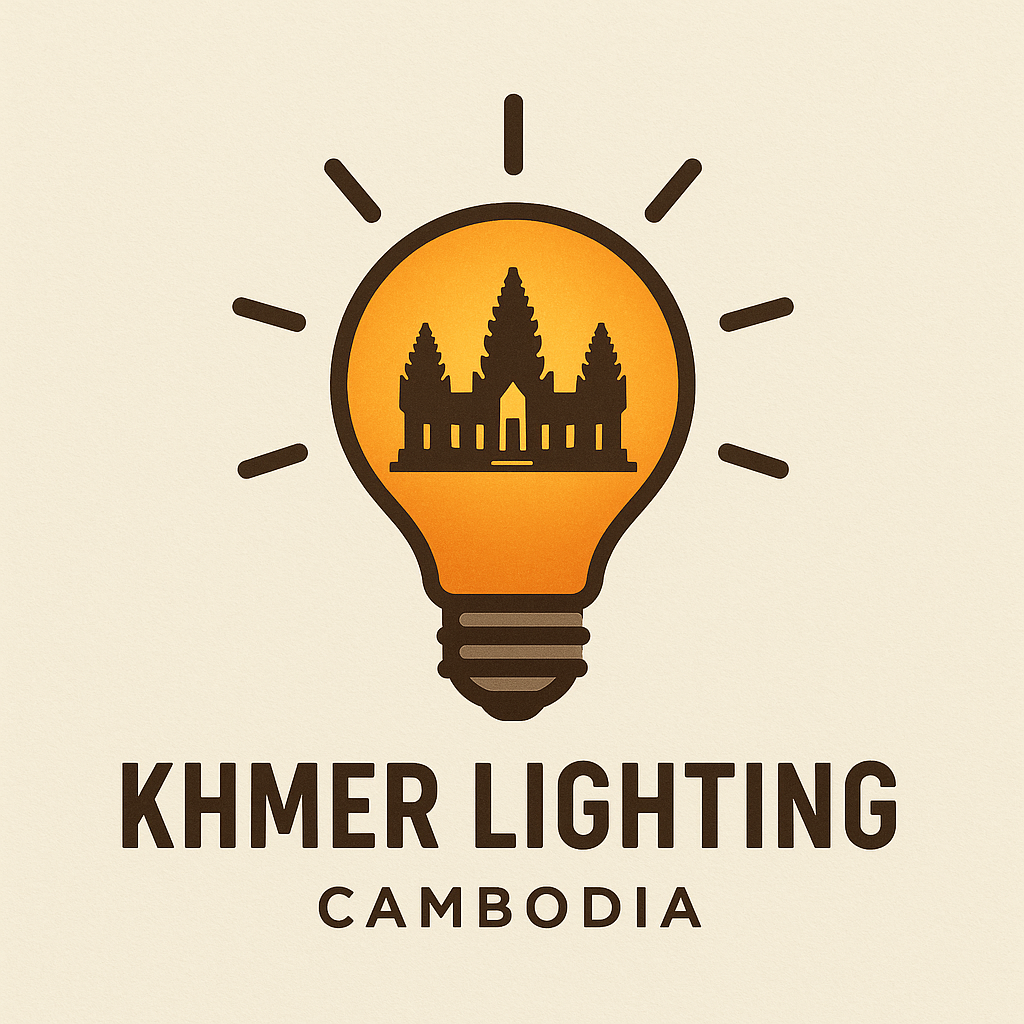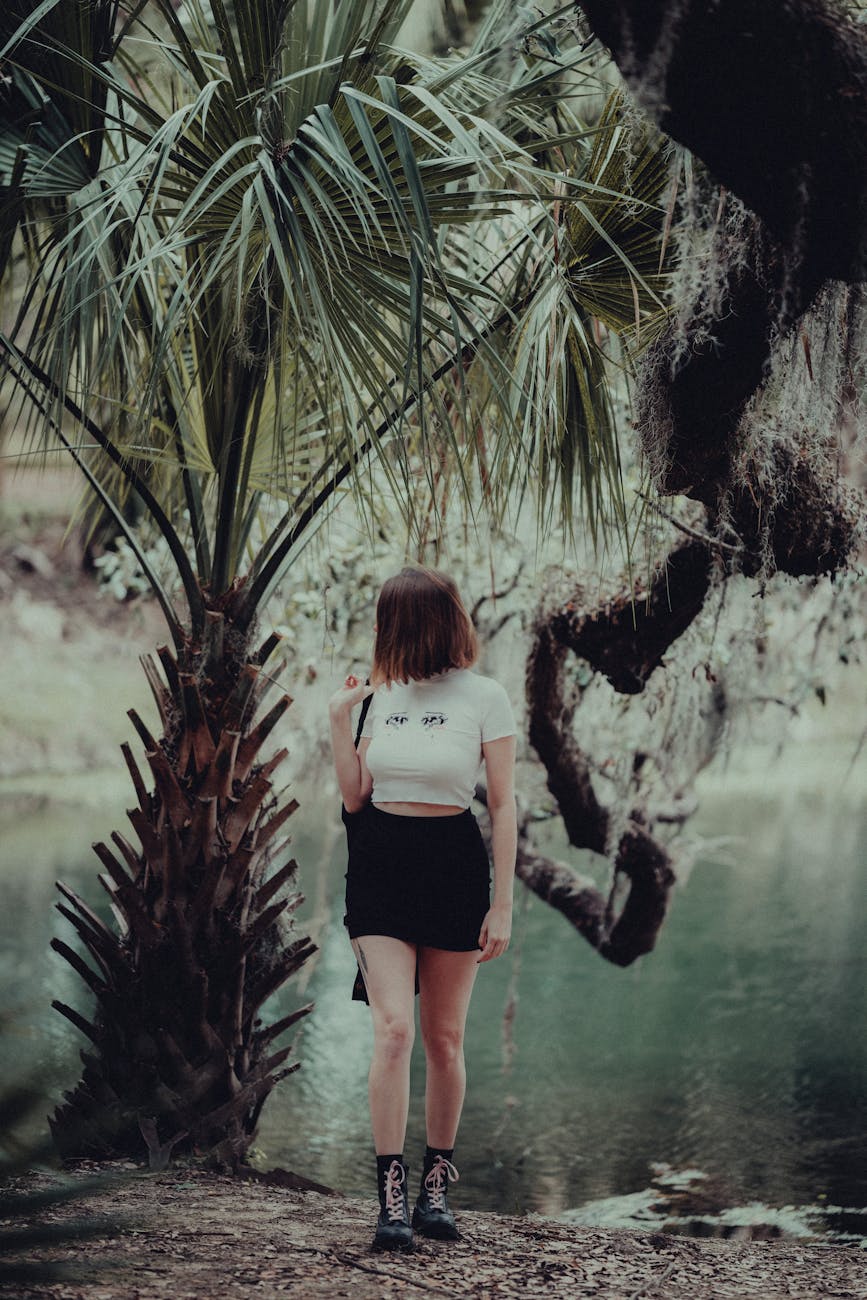Up, Down, & Across: Mastering the 3 Main Landscape Lighting Techniques
Landscape lighting is not just about illuminating your garden or backyard; it’s an art form that combines functionality with aesthetics. Whether you’re highlighting your home’s architectural features or guiding guests safely down a pathway, the right lighting can transform an ordinary outdoor space into something extraordinary. In this post, we will delve into the three primary landscape lighting techniques: up-lighting, down-lighting, and cross-lighting. By mastering these, you can create stunning visual effects and add depth to your outdoor area.
Understanding the Basics
Before diving into each technique, it’s essential to understand the purpose of landscape lighting. Effective lighting can enhance safety, highlight key features, and create ambiance. By using a combination of up-lighting, down-lighting, and cross-lighting, you can achieve a balanced and inviting outdoor environment.
Up-Lighting
Up-lighting is the technique of placing light fixtures at ground level and directing the light upwards, usually towards structures, trees, or other vertical elements. This technique is ideal for highlighting architectural features like columns, statues, or tall trees.
- Best Uses: Highlighting tall trees, sculptures, or intriguing architectural facades.
- Effect: Creates dramatic shadows, emphasizes height, and draws attention to vertical elements.
- Installation Tips: Position lights at the base of the feature you want to illuminate. Experiment with angles to achieve the desired shadow effects.
Down-Lighting
As the name suggests, down-lighting involves installing light fixtures higher up and directing the light downwards. This technique simulates natural sunlight or moonlight, creating a soft and welcoming atmosphere.
- Best Uses: Illuminating pathways, gardens, patios, or seating areas to enhance safety and visibility.
- Effect: Provides a subtle glow that mimics natural light, ideal for creating a cozy ambiance.
- Installation Tips: Fix lights on structures like trees, eaves, or poles, ensuring that the angle is wide enough to cover the desired area without creating harsh glare.
Cross-Lighting
Cross-lighting entails using two or more lights from different angles to illuminate a single feature. This technique is excellent for minimizing shadows and providing a fuller, more even coverage.
- Best Uses: Highlighting garden beds, sculptures, or large architectural features.
- Effect: Reduces harsh shadows and offers a balanced illumination, enhancing the details of the feature.
- Installation Tips: Position the lights on opposite sides of the feature to ensure even lighting. Adjust the angles to eliminate hotspots and ensure the entire area is uniformly lit.
Combining Techniques for Maximum Impact
While each lighting technique has its own distinct benefits, the most captivating results often come from a balanced combination. By mixing up-lighting with down-lighting and using cross-lighting strategically, you can create a multi-dimensional lighting scheme that enhances depth and interest in your outdoor space.
Consider your landscape’s unique features and how different lighting techniques can complement each other. For instance, use up-lighting to create vertical interest on trees, down-lighting for pathways, and cross-lighting to highlight a stunning garden design.
Conclusion
Mastering the three main landscape lighting techniques—up-lighting, down-lighting, and cross-lighting—allows you to craft a beautifully illuminated outdoor space that enhances safety, security, and aesthetic appeal. By thoughtfully planning and installing your landscape lighting, you can transform your yard into an enchanting nighttime retreat.
Whether you’re a homeowner looking to boost curb appeal or a landscape professional seeking to expand your skill set, understanding these techniques is essential. Experiment, adjust, and perfect your setups to create stunning visual effects that showcase the natural beauty and unique features of your property.





